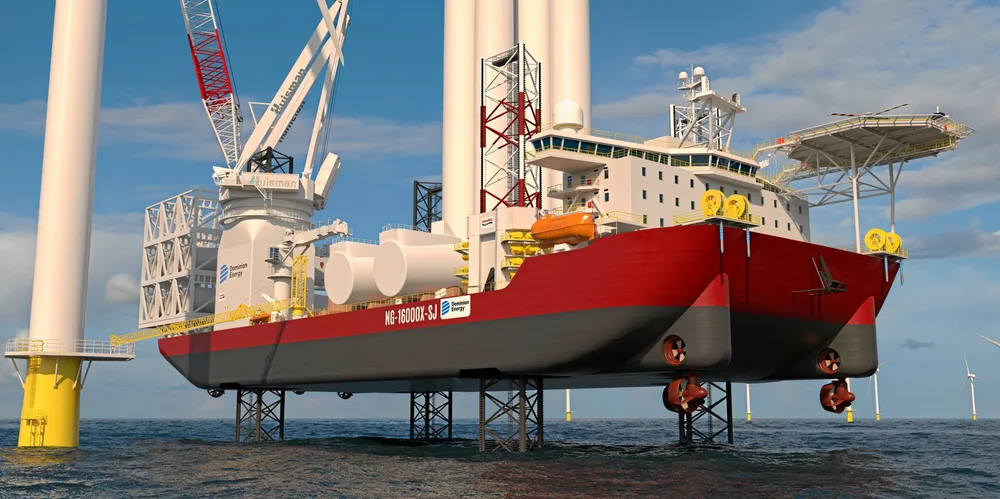Right 'enabling actions' in US offshore wind could spark $9bn-a-year economic boon: NREL
Washington could help industry avoid coming industrial and infrastructural bottlenecks amid surging global market demand with planned approach as regional play develops

The study, led by the National Renewable Energy Laboratory (NREL), calculated that to meet the end-of-decade target would require 2,100 turbines and foundations, 11,000km (6,800 miles) of cabling, 5-6 installation vessels, 10 feeder barges, four cable-lay vessels, and an average annual workforce of between 12,300-49,000.
Developing the industrial base to meet these needs could generate between $2.2bn-$8.8bn in annual economic growth through to 2030, according the report, published by National Offshore Wind Research & Development Consortium in tandem with NREL and other government and industry bodies.
“Understanding the demand for resources that are needed to reach the 30GW target can help the industry strategically plan how to develop a domestic supply chain,” said Matt Shields, senior offshore wind analyst at NREL. “We will be able to build off of the critical needs that we identify in this report to characterise realistic pathways and enabling actions.”
Principal deputy assistant secretary for renewable energy Kelly Speakes-Backman added: “This collaborative study among DOE, NREL, states, and wind industry partners shows that we have significant opportunities to scale the development of a nascent offshore wind industry in the US and greatly expand domestic manufacturing.”
“It is unlikely that international suppliers will have sufficient throughput to support the construction of both European and US offshore wind energy projects,” the report states. “If a domestic supply chain is not developed in time, bottlenecks in the global supply chain will present a significant risk to achieving the national offshore wind energy target.”
While urging action, the report acknowledged the uncertainty surrounding supply chain investment for offshore wind projects that often still retain permitting risk, noting an “unclear” return on investment, as well as state-by-state competition for investment that results in “compartmentalised and suboptimal development of the supply chain”.
The Jones Act requires that only US-flagged vessels can be used to tranship any good from point-to-point within the US – and an offshore wind turbine meets the requirement for being a ‘point’, so regardless of port capacity, the US will likely need to transport components to foreign-flagged WTIV stationed at sea via US-built feeder barges, of which the US already has a reasonable supply.
Doreen Harris, president and CEO of Nyserda, said: “Offshore wind is poised to be a launch pad that will usher in the clean energy economy of the future in New York and the US, and growing the supply chain is a critical cornerstone of that work.”
The new report is the first of a two-part project delving into the challenges of developing a domestic offshore wind sector, with the lead-off study focusing on higher level analysis of ‘tier-1’ components, such as nacelles and blades, while the follow-up, to be released this summer, will offer a more granular look the entire supply chain.
(Copyright)